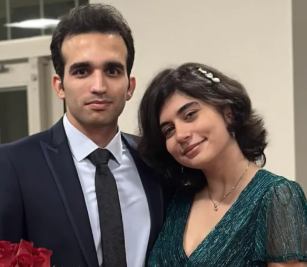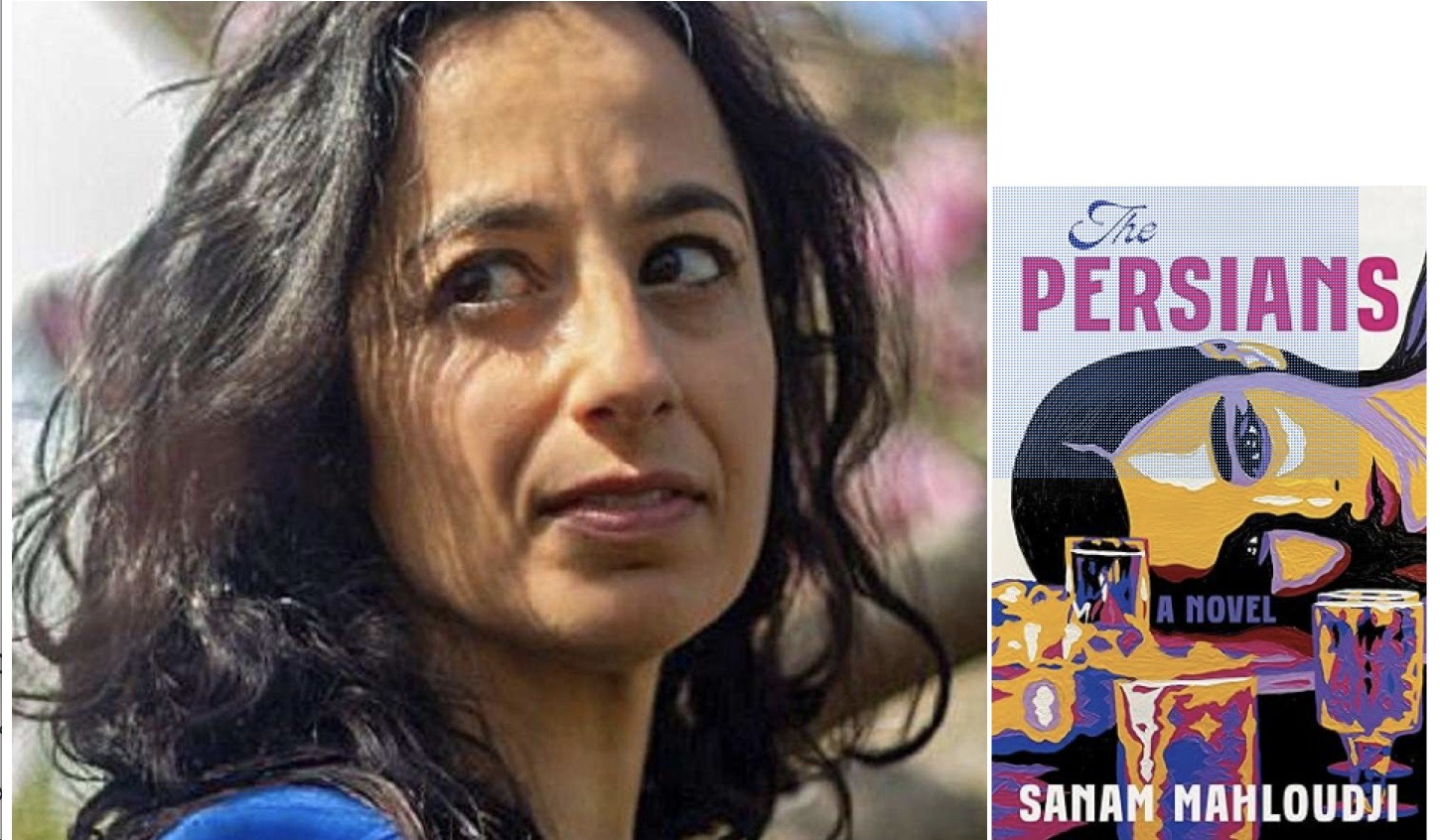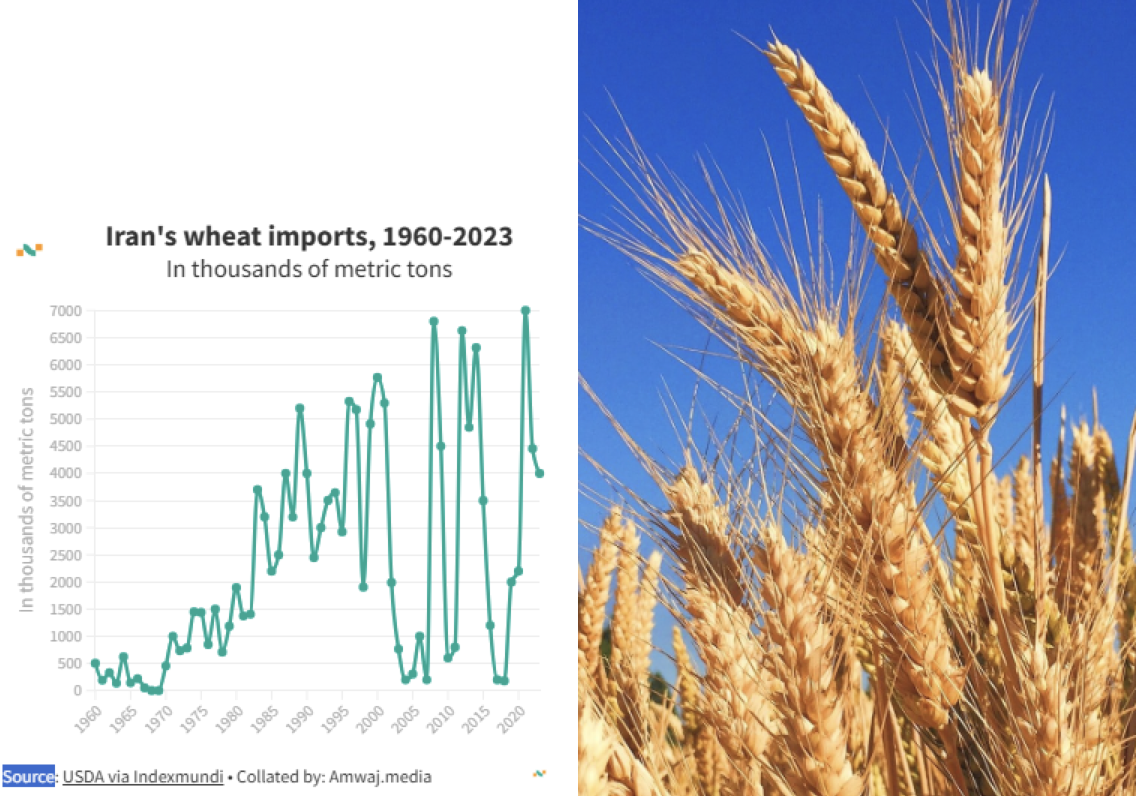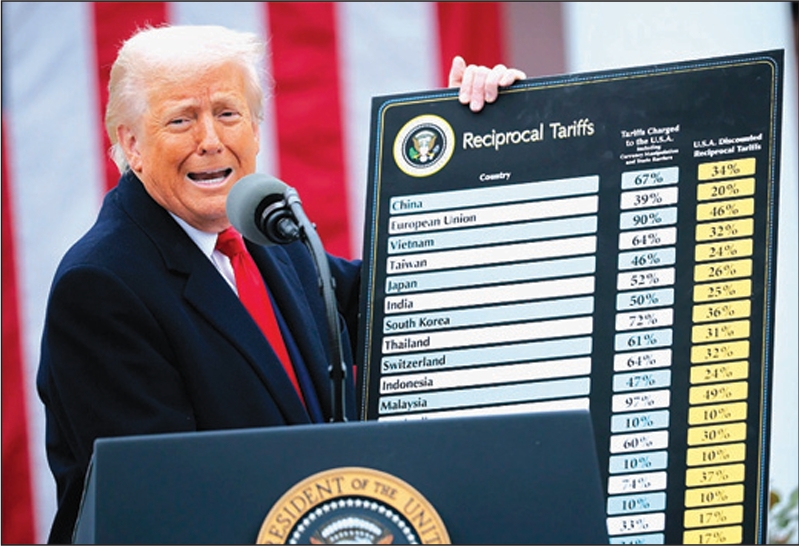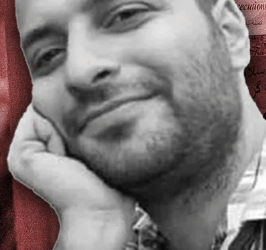The alleged scheme seems far fetched and unlikely to succeed. But, at the same time, it is quite reasonable for the regime in Tehran to want to bring the independent theological leadership in Najaf under its heel. Najaf is a competitor to Qom for theological leadership. And, even more important, Sistani is an opponent of the theory of clerical governance, velayat-e faqih, that was propounded by the late Grand Ayatollah Ruhollah Khomeini and which drives the Islamic Republic.
Talk of the Iranian plan to take over the leadership in Najaf of  all Iraqi Shias started last fall. The central figure in the talk is Ayatollah Mahmud Hashemi-Shahrudi, who was head of Iran’s Judiciary for a decade and now sits on the 12-man Council of Guardians which vets all legislation and candidates for the Majlis and presidency.
all Iraqi Shias started last fall. The central figure in the talk is Ayatollah Mahmud Hashemi-Shahrudi, who was head of Iran’s Judiciary for a decade and now sits on the 12-man Council of Guardians which vets all legislation and candidates for the Majlis and presidency.
Shahrudi is an ethnic Persian. But he was born and raised in Najaf, where his father was a cleric. Shahrudi did not come to Iran until after the revolution when he was an adult. He speaks fluent Iraqi Arabic. In Iran, he was one of the two co-founders of the Supreme Assembly for the Islamic Revolution in Iraq (SAIRI), which, under a new name, is the largest Shiite political party in Iraq. Until he took over the Iranian Judiciary in 1999, Shahrudi spent most of his time dealing with Iraqi issues as co-leader of SAIRI.
Last fall, news reports said Shahrudi had been delegated by Supreme Leader Ali Khamenehi to try to succeed Sistani as the spiritual leader of Iraqi Shiites. The reports said Shahrudi would leave Iran, return to Najaf and set up a clerical office there to start his campaign for leadership.
In November, an office representing Sistani did open in Najaf. But Shahrudi did not move there or even visit for the opening of the office. He still has not visited Najaf. That raised questions about whether there was really a serious plan for Shahrudi to try to succeed Sistani.
Shahrudi’s Iranian nationality doesn’t pose a problem. Sistani is also Iranian. He did not go to Najaf until he was an adult and he speaks Arabic with a decided Persian accent. It was his scholarship that won him the leadership of the theological community in Najaf—scholarship that was demonstrated over decades of activity in the Najaf seminaries, something Shahrudi lacks and cannot make up for by remaining in Tehran in a high Iranian government post.
Sistani is now 81 years old and somewhat frail. But there is no evidence of serious health problems and no reason to expect that his death might be imminent. Shahrudi is now 64 and very vigorous; he appears to be in excellent health.
The fact that he has held high office in the government of Iran since 1999, has not practiced as a cleric for more than three decades and therefore lacks high-level theological credentials, and is not resident in Najaf would appear to make any effort to take over the theological leadership in Najaf challenging, to put it mildly.
On the other hand, there is no question that the leadership in Tehran resents the independence of Najaf and especially the opposition to velayat-e faqih that prevails there. It is difficult to believe that Tehran would not make the effort to see that a friendly face would succeed Sistani.
A few weeks ago, Iraqi Prime Minister Nuri al-Maliki made an official visit to Tehran. While there, he made a point of visiting with Shahrudi. That has fed the rumor mill anew—even though last fall’s rumors about Shahrudi moving to Najaf have proven wrong.
Mehdi Khalaji, who studied in the Qom seminary system for 14 years but is now a respected analyst at the Washington Institute for Near East Policy (WINEP), has no doubt that Shahrudi is prepping for a run to succeed Sistani.
But Vali Nasr, also a respected scholar who will soon take over as head of the School of Advanced International Studies (SAIS) in Washington, DC, questions Shahrudi’s chances. “The Iranian government cannot control who pious Shias will look to.” The selection process, he told The New York Times, “is a very democratic process.”
Actually, it is a very foggy process. There is no balloting by a defined electorate, like the College of Cardinals electing a new pope. Everything is informal. It sometimes takes much time before a single figure emerges as the recognized leader. The senior clergy in Najaf have some say in that determination—and an effective veto power. Many think they would veto anyone seen as a shill for Tehran who would likely boost the power of Qom at the expense of Najaf.
The people also have a say, not through a ballot but by their contributions. The religious traditionally show their support by making their contributions to the single religious leader they most respect and follow. That gives him a large fund with which to support charities and underwrite the expenses of seminarians who continue in life as vocal supporters of their seminary sponsor.
In Shahrudi’s case, if the state of Iran chooses to bankroll him, he would have no problem demonstrating a treasury far in excess of anyone else seeking to succeed Sistani.
Shahrudi’s wealthy lifestyle may also work against him, since Shiism expects and respects piety and a simple lifestyle among its clergy. Khalaji of WINEP said, “Shahrudi is one of the wealthiest men in Iran. He imports goods, has businesses and owns many factories. His personal life is luxurious.”
A New York Times reporter recently visited Shahrudi’s new office in Najaf. He found only two men there, both security guards, along with 34 boxes of books to be distributed to seminarians and a pamphlet about Shahrudi himself. The biography emphasizes his family’s suffering under Saddam Hussein; it says three of his brothers disappeared under Saddam and their fates remain unknown to this day.






